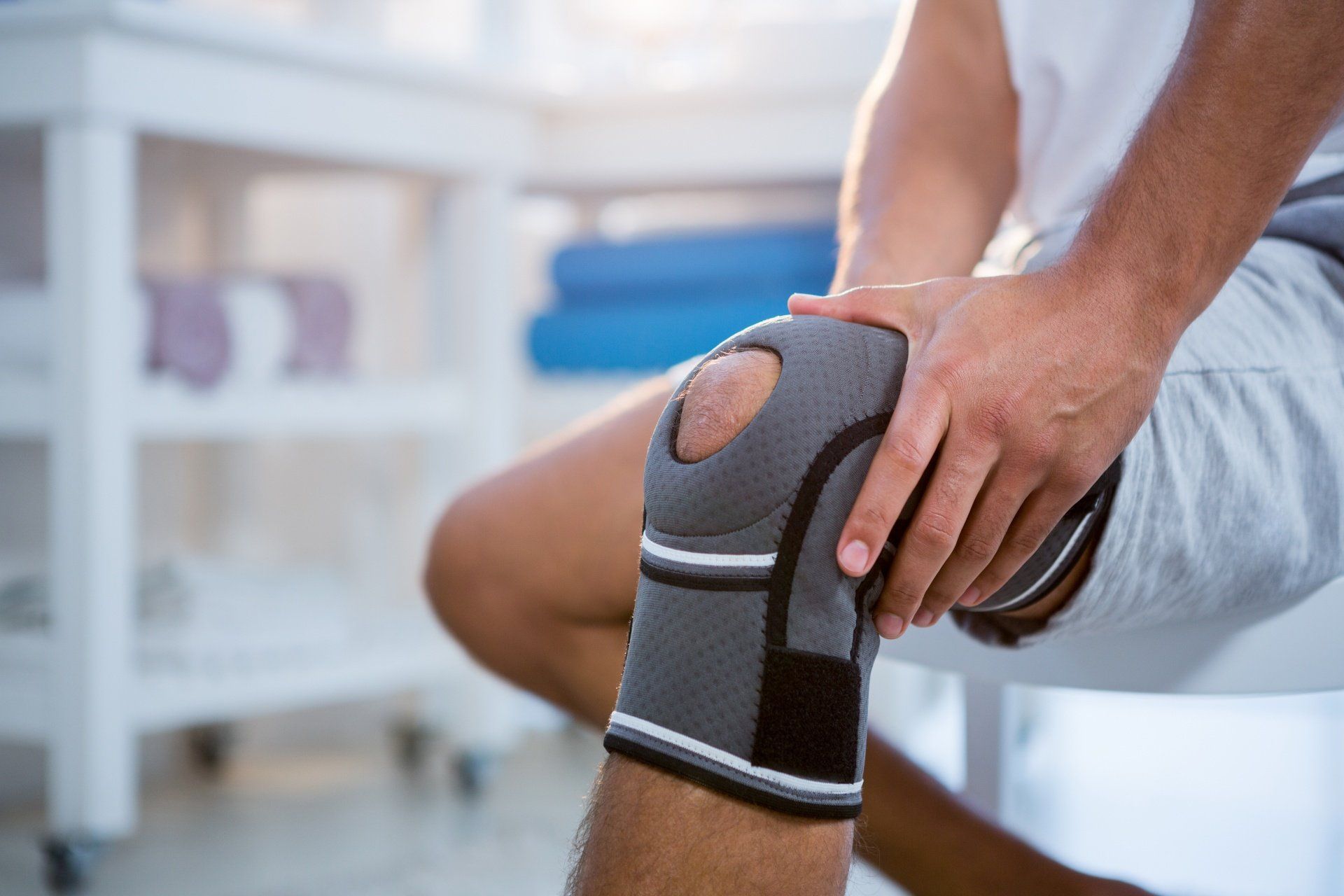Bone Marrow Aspirate Concentrate (BMAC)
- What is Bone Marrow Aspirate Concentrate (BMAC)?
Bone marrow is a sponge-like substance found inside bones. It is a rich source of stem cells which will go on to form various types of blood cells. These stem cells are packed with anti-inflammatory proteins and growth factors and can even be used to help the body regenerate tissue like cartilage. Bone marrow aspirate concentrate (BMAC) is a fluid prepared directly from a patient's own bone marrow that contains these superstar stem cells.
- How is Bone Marrow Aspirate Concentrate Obtained?
The bone marrow needed for BMAC is, fortunately, relatively easy to retrieve. It is harvested via a small needle in a large bone such as the pelvic bone and is performed under local anesthesia for patient comfort. Once withdrawn, the fluid is put through a special process using a centrifuge to concentrate the needed cells and growth factors.
- How Does Bone Marrow Aspirate Concentrate Help Tissue Heal?
Cartilage is a key component in optimal joint function. In the knee, for instance, there is both articular cartilage and meniscal cartilage. Together, these two types of cartilage work to coat and protect the knee while also giving it balance and stability. They are both very important and can cause many painful problems if damaged. Unfortunately, cartilage does not receive adequate blood supply to easily heal and regenerate on its own. This is where BMAC becomes a beneficial intervention. The stem cells within BMAC, complete with proteins and growth factors, can be injected into the damaged cartilage to promote the growth of new, healthy tissue while also reducing inflammation.
- Are there different treatment options with BMAC?
Yes. For early articular cartilage damage (osteoarthritis), BMAC may be injected into the joint. For small meniscal tears, BMAC may be injected directly into the meniscus under ultrasound guidance. For larger articular cartilage lesions and meniscal tears, an arthroscopic surgery may be required to debride the damaged tissue and inject the BMAC under direct visualization.
- What is the Recovery Following a BMAC Procedure?
Most patients will begin to experience the benefits of BMAC injection about 1 to 2 months following their procedure. Recovery from surgery may take longer. These benefits will typically include reduced pain, improved knee stability, range-of-motion, and strength. Following the procedure with physical therapy can help improve and speed these results.
- What Conditions Can Bone Marrow Aspirate Concentrate Treat?
BMAC has many uses within orthopedic medicine. It may be used to help bone fractures heal, give relief from osteoarthritis, or improve the health of damaged tendons or cartilage. Dr. Joseph Broyles uses the technique as part of his cartilage regeneration focus to help patients with cartilage damage protect their joints and avoid more invasive procedures such as total joint replacement.
- Are There Risks Associated With Bone Marrow Aspirate Concentrate?
Any medical procedures will have a degree of potential risk. In the case of BMAC, associated risks are minimal and unlikely. In cases where complications do occur, they may include bleeding, increased pain, and infection.
- Who is a Candidate for Treatment with Bone Marrow Aspirate Concentrate?
BMAC is not meant to address acute injuries such as meniscus tears due to trauma. Instead, it is best suited for patients who have pain associated with degenerative wear and tear. For patients with degenerative meniscus damage, symptoms of a problem may include knee instability or sensations of locking or catching in the knee.
- Bone Marrow Aspirate Concentrate (BMAC) Specialists in Baton Rouge
Dr. Joseph E. Broyles

